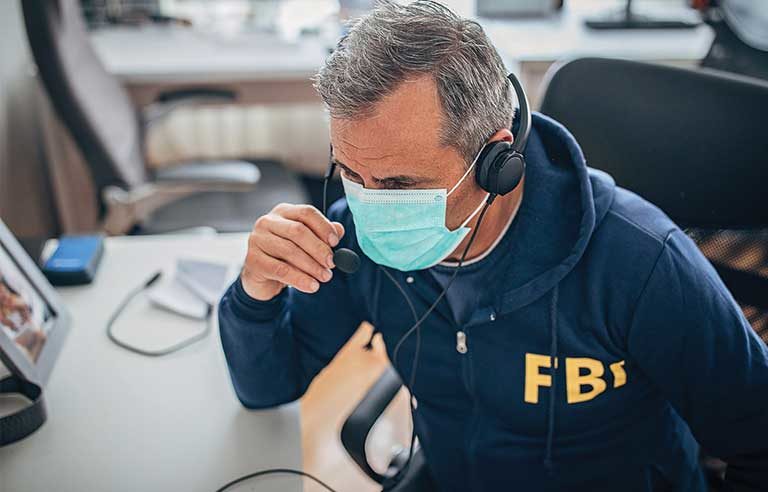COVID-19 pandemic: CDC adjusts return-to-work guidance for essential employees

Washington — The Centers for Disease Control and Prevention has released new guidelines intended to allow workers employed in “critical infrastructure” to return to their jobs more quickly after exposure to people with known or suspected cases of COVID-19.
According to CDC, the guidance covers workers in the following sectors:
- Federal, state and local law enforcement
- 911 call center employees
- Fusion center employees
- Hazardous material responders from government and the private sector
- Janitorial and other custodial staff
- Individuals employed in food and agriculture, critical manufacturing, informational technology, transportation, energy, and government facilities
Previously, essential workers were instructed to remain home for a 14-day period after exposure or potential exposure. As outlined April 8 by CDC Director Robert Redfield during a White House coronavirus task force press briefing, the new interim guidance enables these workers to return to work if they do not have symptoms and follow various other precautions such as taking their temperature before going to work, wearing a facemask at all times, frequently cleaning and disinfecting workspaces, and practicing physical distancing on the job.
“We appreciate the dedication of all brave people responding to the challenges of #COVID19 to keep their communities safe and healthy,” Redfield wrote in an April 8 tweet, “and we will continue working to find ways to keep these individuals as safe as possible during this challenging time.”
During the briefing, Vice President Mike Pence said the guidance “will hopefully make it clear that there would be an opportunity for those people playing such an incredible role in our nation’s response to be able to return to work and to do so safely.”
CDC also recommends workers refrain from sharing headsets or other objects that are placed near their mouth or nose, and maintain a physical distance during mutual breaks. Workers are advised to stagger breaks, stay clear of break rooms, and refrain from sharing food or utensils. Employers are encouraged to increase the frequency of cleaning commonly touched surfaces and work with maintenance staff to increase air exchanges in work buildings.
Workers who become ill should be sent home immediately.
Post a comment to this article
Safety+Health welcomes comments that promote respectful dialogue. Please stay on topic. Comments that contain personal attacks, profanity or abusive language – or those aggressively promoting products or services – will be removed. We reserve the right to determine which comments violate our comment policy. (Anonymous comments are welcome; merely skip the “name” field in the comment box. An email address is required but will not be included with your comment.)

